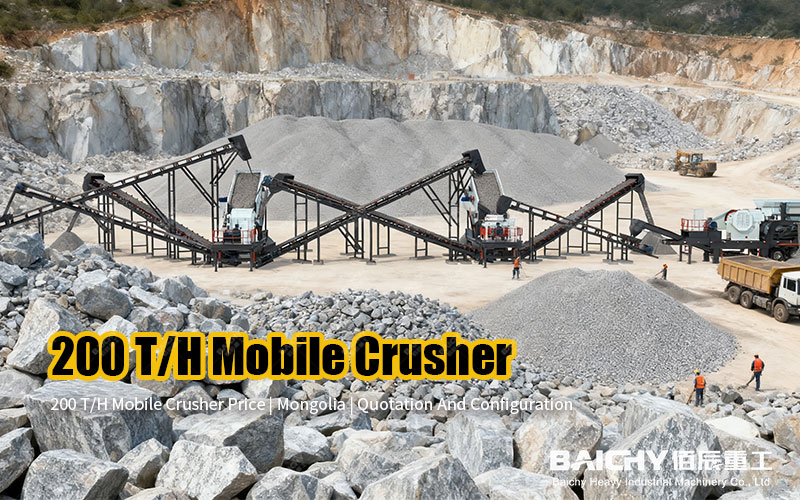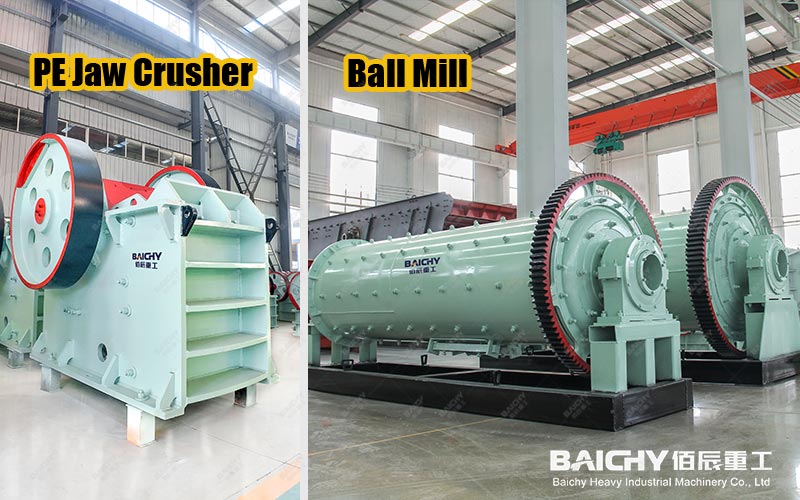
In industries such as mining, building materials, and chemicals, material crushing is the first critical step in the production process. Among numerous crushing equipment, the toothed roll crusher, with its unique structure and high efficiency, has become a star product for crushing medium-hard and brittle materials. This article will take you deeper into understanding how this "steel behemoth" works, its irreplaceable features, and how it can create value for your business.
I. What is a Toothed Roll Crusher?
A toothed roll crusher, as the name suggests, is a device that crushes materials using two counter-rotating rollers with specially designed toothed shapes. When material enters from above between the two rollers, it is subjected to both compression and splitting actions, thus achieving crushing. It is mainly suitable for medium and coarse crushing of brittle materials with a compressive strength of less than 240MPa and less stringent particle size requirements.
II. Core Working Principle: Simple Yet Highly Efficient
The working principle of the toothed roll crusher is intuitive and highly efficient. Its core process can be summarized as "biting-compression-crushing-discharge":
1. Biting: Two rollers rotate towards each other, one fixed and the other movable (usually equipped with a safety device). The large teeth on the roller surface effectively "bite" large pieces of material, forcibly pulling them into the crushing chamber.
2. Compression and Splitting: The material is pulled into the ever-narrowing gap between the two rollers, subjected to strong compression. Simultaneously, the teeth generate strong splitting and shear stresses on the material. This combined effect of multiple forces makes the material easier to crush.
3. Crushing and Discharge: After reaching its strength limit, the material crushes until the particle size is smaller than the gap between the two rollers, and is finally discharged from the bottom of the equipment, completing one crushing cycle.
The adjustable gap design is a major highlight of the toothed roll crusher. By adjusting the gap between the two rollers, the final product particle size can be easily controlled to meet different production needs.
III. Four Irreplaceable Core Advantages
Compared to other types of crushers (such as jaw crushers and hammer crushers), toothed roll crushers exhibit significant advantages in specific scenarios:
1. Low Over-crushing Rate and Excellent Particle Shape: Utilizing shearing and compression principles, the crushed material has a low over-crushing (powdered) content, with predominantly cubic particles and excellent particle shape, making it particularly suitable as building aggregate with higher value.
2. Simple Structure and Low Maintenance Costs: The machine has a compact structure, few parts, and reliable operation. Routine maintenance mainly focuses on inspecting and lubricating the toothed rolls, significantly reducing long-term operating and maintenance costs.
3. Flexible and Controllable Output Particle Size: By simply adjusting the roll gap, different specifications of products can be obtained, making it versatile and highly adaptable.
4. Environmentally Friendly and Energy-Saving: Stable operation with low vibration and low noise. Furthermore, its low over-crushing characteristic reduces dust generation, better meeting the environmental protection requirements of modern production.
IV. Main Application Areas: Where Can You See It?
Toothed roll crushers are indispensable tools in the following industries:
• Mining: Used for crushing medium-hard minerals such as coal, limestone, gypsum, and oil shale.
• Building Materials: Used for crushing cement raw materials and clinker, as well as producing sand and gravel aggregates.
• Chemical Industry: Used for crushing chemical raw materials such as phosphate rock and pyrite.
• Coal Industry: Particularly suitable for crushing raw coal, effectively handling materials containing coal gangue, and less prone to clogging.
V. How to Choose the Right Toothed Roll Crusher?
When purchasing a toothed roll crusher, the following points need to be considered to ensure the equipment can achieve maximum efficiency:
• Material Properties: Focus on the hardness, moisture content, viscosity, and feed particle size of the material. Toothed roll crushers are more suitable for processing brittle and dry materials, and are prone to clogging with sticky and wet materials.
• Capacity Requirements: Determine the required hourly processing capacity (tons/hour) based on the scale of your production line.
• Discharge Particle Size Requirements: Clearly define your requirements for the final product particle size to ensure that the selected equipment's roller gap adjustment range can meet them.
• Toothed Roller Type: Select different tooth shapes (such as wolf teeth, square teeth, etc.) based on material characteristics to achieve the best crushing effect.
Toothed roll crushers occupy an important place in the crushing field due to their outstanding advantages such as high efficiency, energy saving, easy maintenance, and controllable product particle size. Whether building a new production line or upgrading old equipment, choosing a suitable toothed roll crusher will be a wise decision to improve production efficiency and reduce operating costs.











